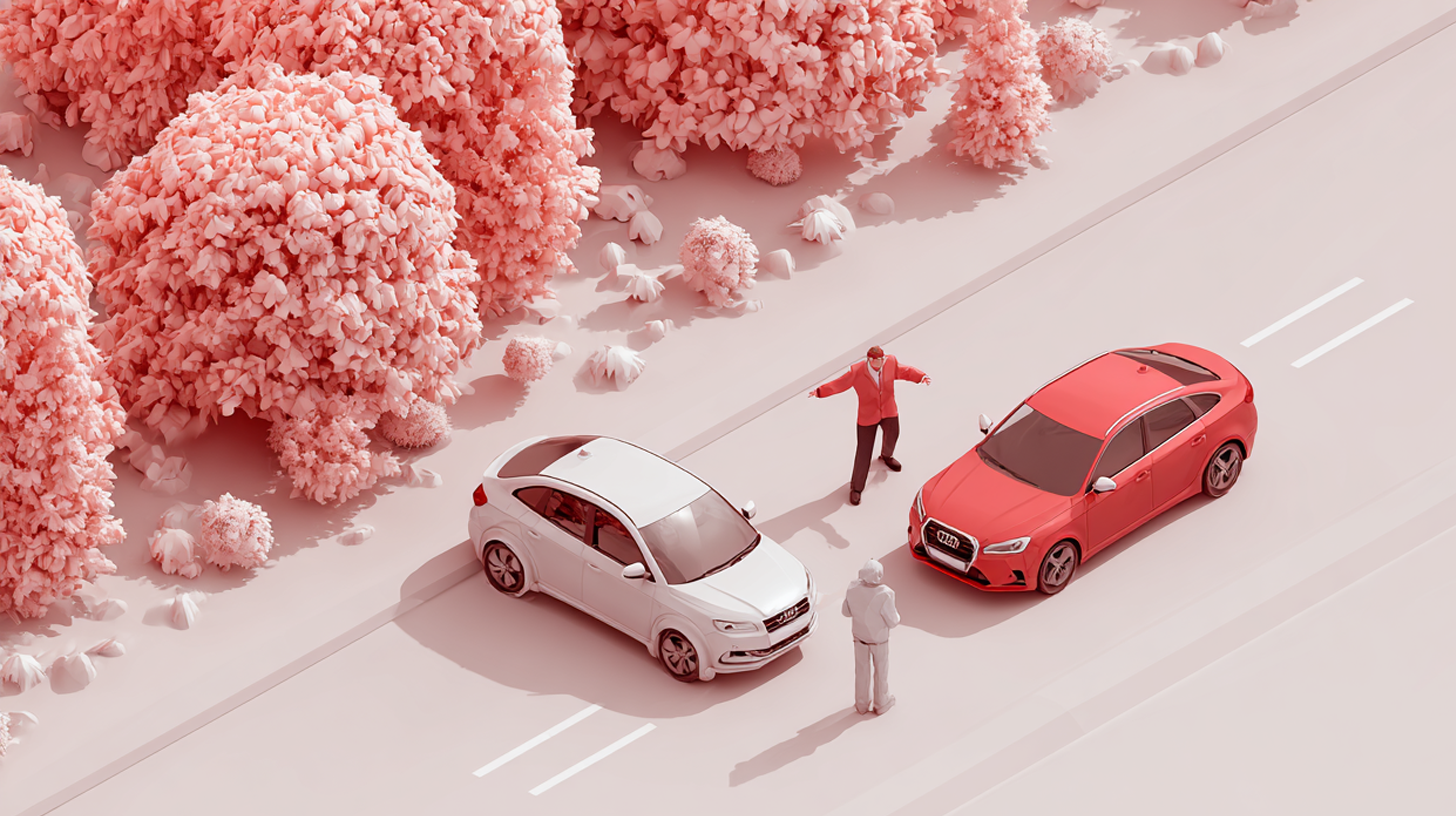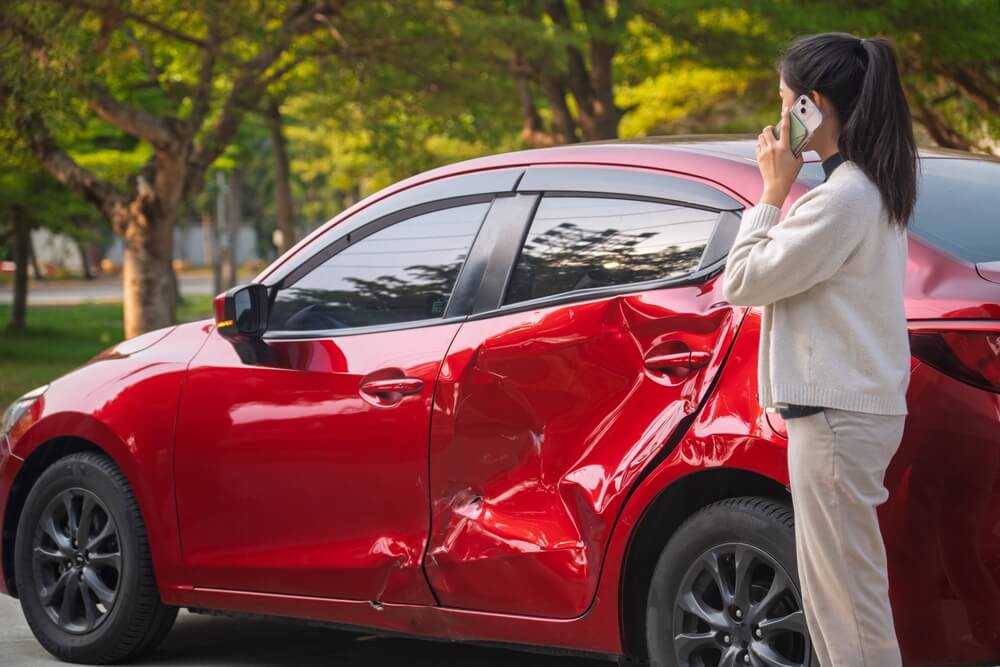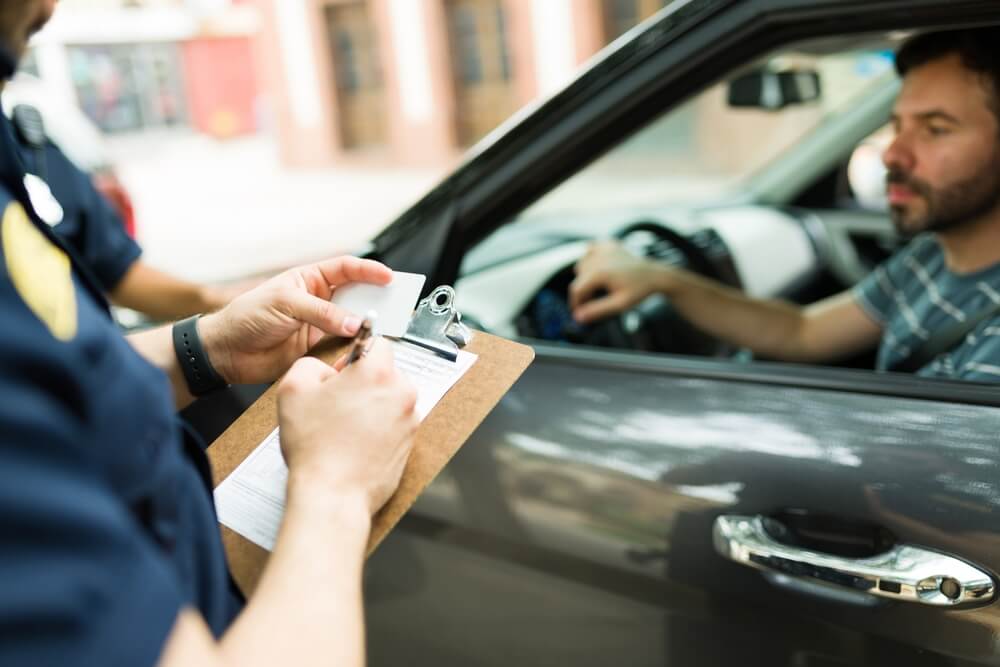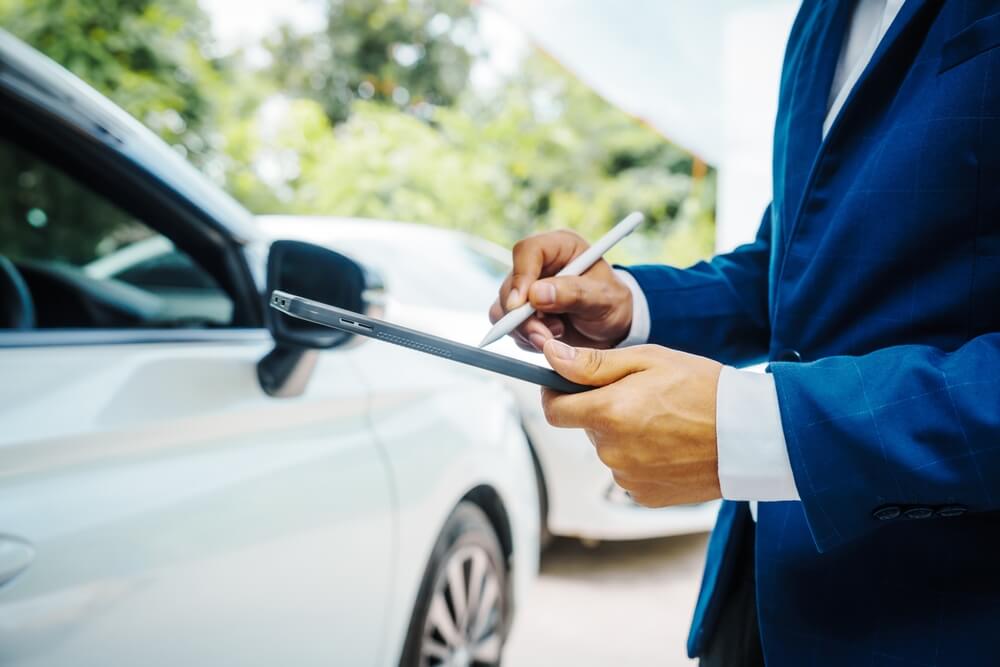
If you are not redirected within 30 seconds, please click here to continue.
Samedi: 10h – 16h HAE

If you are not redirected within 30 seconds, please click here to continue.
If you are not redirected within 30 seconds, please click here to continue.
What to do if your electric vehicle breaks down on the road
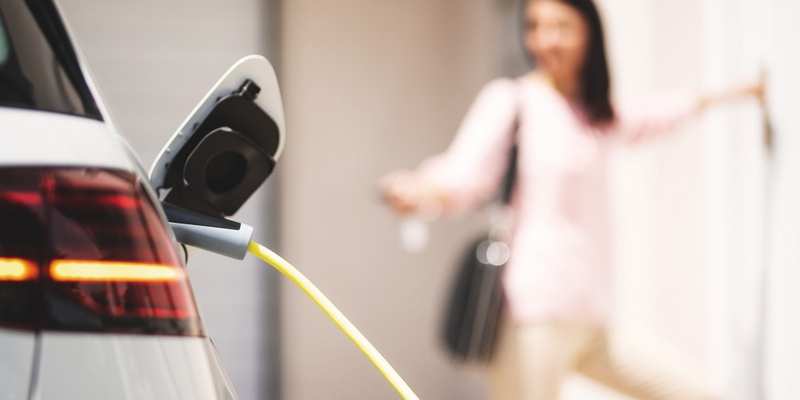
Any vehicle can break down when you least expect it to, including an electric vehicle (EV).
Although EVs may mean fewer moving parts compared to a gasoline-powered vehicle, they still have the capacity to malfunction and leave you at the side of the road wondering what went wrong.
But fear not. Getting a better understanding of your EV and its unique functions can help better prepare you for a roadside emergency.
Identify what caused the EV to breakdown
Battery failure is one of the most common reasons EVs break down. Most EVs and hybrids typically come with two batteries: one to supply the motor with power and one to power the vehicle's low current systems. If either of these batteries drain, you may find yourself stranded on the side of the road.
The second, 12-volt battery maintains the vehicle’s safety systems in the event of a high voltage power failure. If the main battery drains, the 12-volt battery will send currents to the hazard lights, airbags, brake boosters, etc. That way, you’re still visible to others while you wait for assistance.
You may find you’ve overestimated your travel range or that your battery has overheated, causing the vehicle to give out. Either scenario could easily happen, but a manufacturing defect, such as a faulty battery not retaining its charge, could also cause your EV to breakdown unexpectedly. In this case, you may need to contact the EV manufacturer for a replacement. If it’s not a manufacturing issue, you may want to call roadside assistance.
Optimizing roadside assistance for EVs
If you’re calling roadside assistance to have your vehicle taken somewhere, ensure they come with a flatbed truck or trailer, as it’s safer for the EV compared to being towed.
Towing an EV can damage the traction motors that enable regenerative braking, a feature that allows the vehicle to store unused energy and charge the vehicle’s battery while driving.
If it turns out the vehicle just needs a charge, you may have to jump-start it before reaching a charging area, provided there is one close enough to you. The boost must be done through the second, 12-volt battery.
Preventing an EV breakdown
With lithium-ion batteries found in EVs, it’s in your best interest to charge up to roughly 80% capacity rather than a full charge. By only charging up to 80%, more space is left for regenerative braking to convert kinetic energy into more usable energy. As a result, each time you brake, more energy is saved and stored in the battery. This will only work if there’s enough battery space remaining.
A battery may also drain if it overheats, so when parking on a hot day, find a shady spot. This will prevent the battery from overheating and draining its charge. And, of course, charging a low battery while the vehicle is parked is also a good habit to form.
How can your auto insurance provider help?
If the breakdown is serious and an auto body shop has to fix the problem, be sure to inform your insurance provider. If you added loss of use coverage to your policy when you signed up for it, this endorsement would help cover the cost of a rental vehicle while you wait for the repair. You can’t add this coverage after the fact, so it’s a good idea to be proactive so it’s available when you need it.
When making changes or purchasing add-ons to your auto policy, it’s always a good idea to compare car insurance rates across Canada to ensure you’re getting the lowest premium possible for the coverage you want and need.
Don't waste time calling around for auto insurance
Use RATESDOTCA to shop around, and compare multiple quotes at the same time.
Get money-saving tips in your inbox.
Stay on top of personal finance tips from our money experts!


